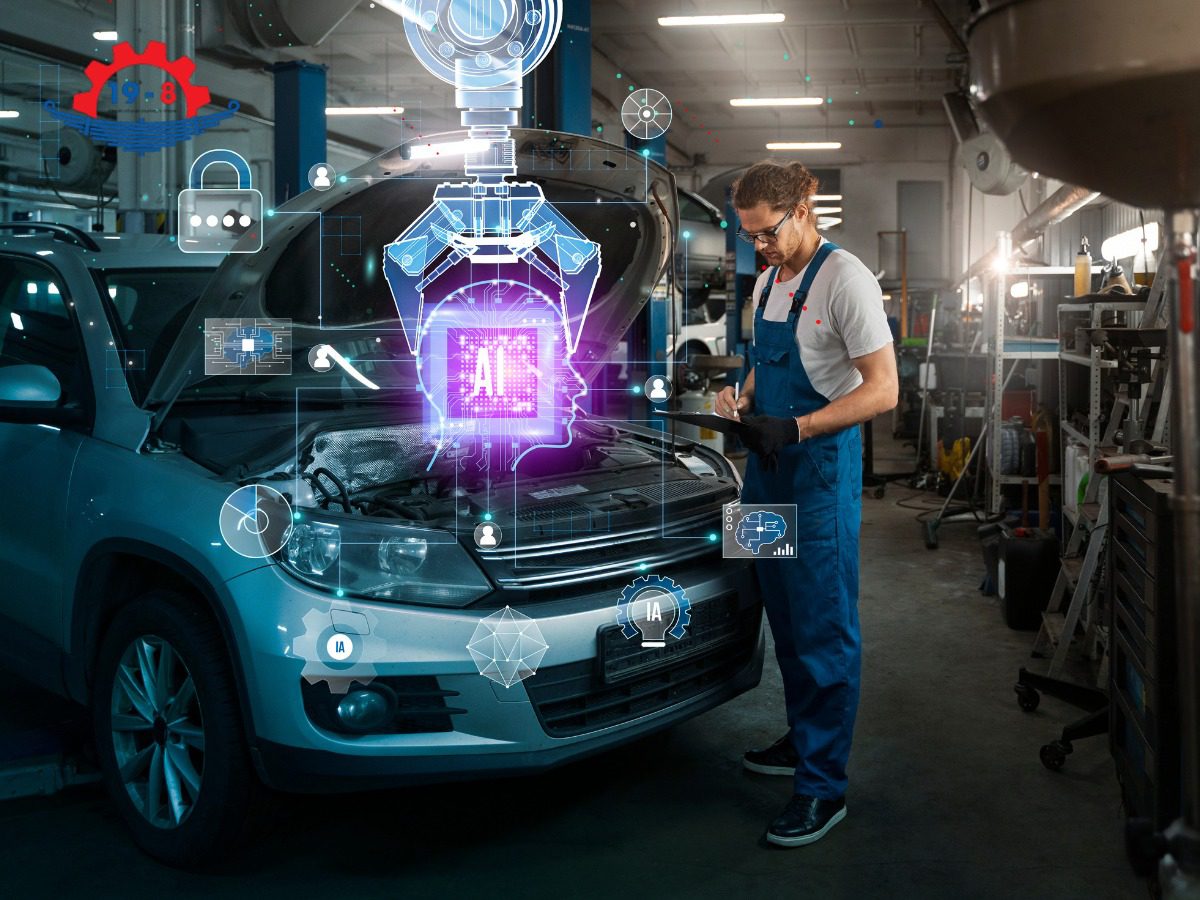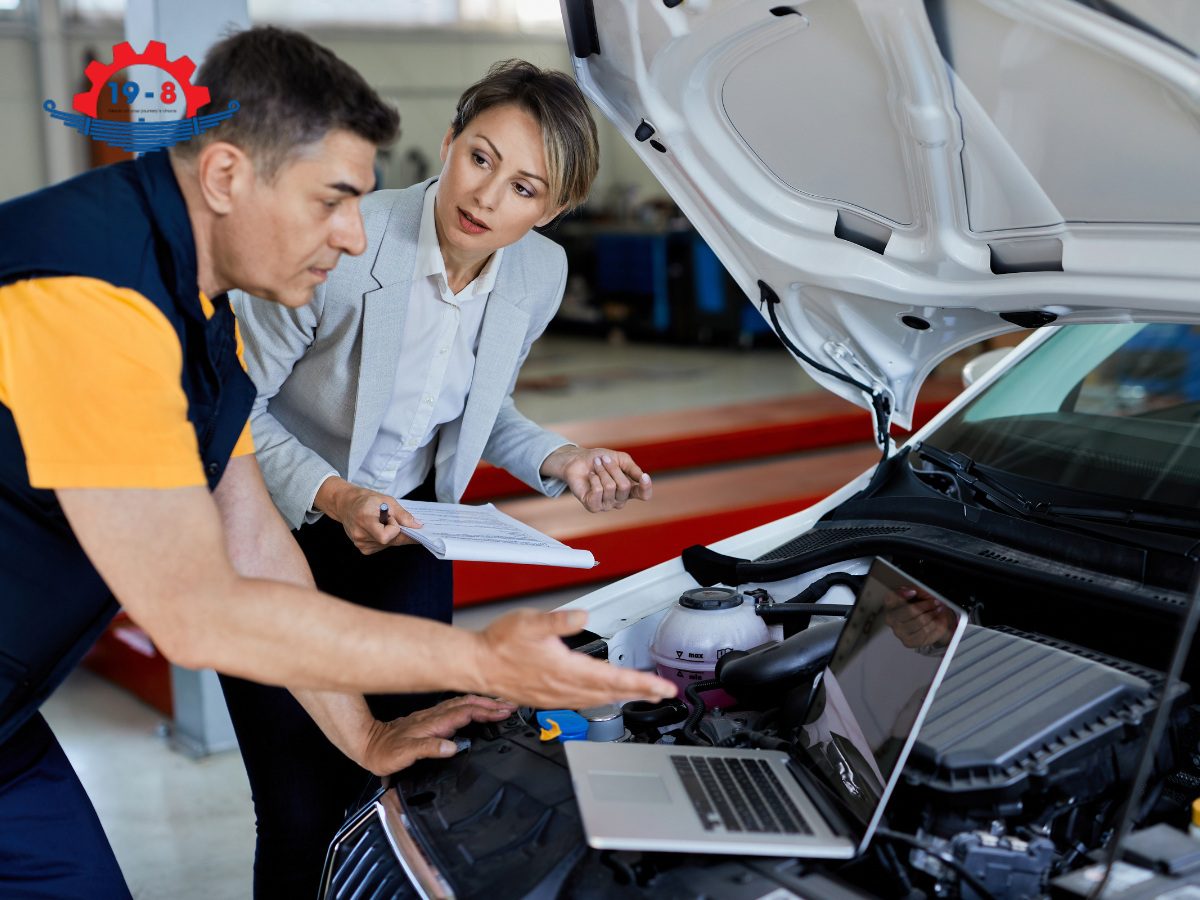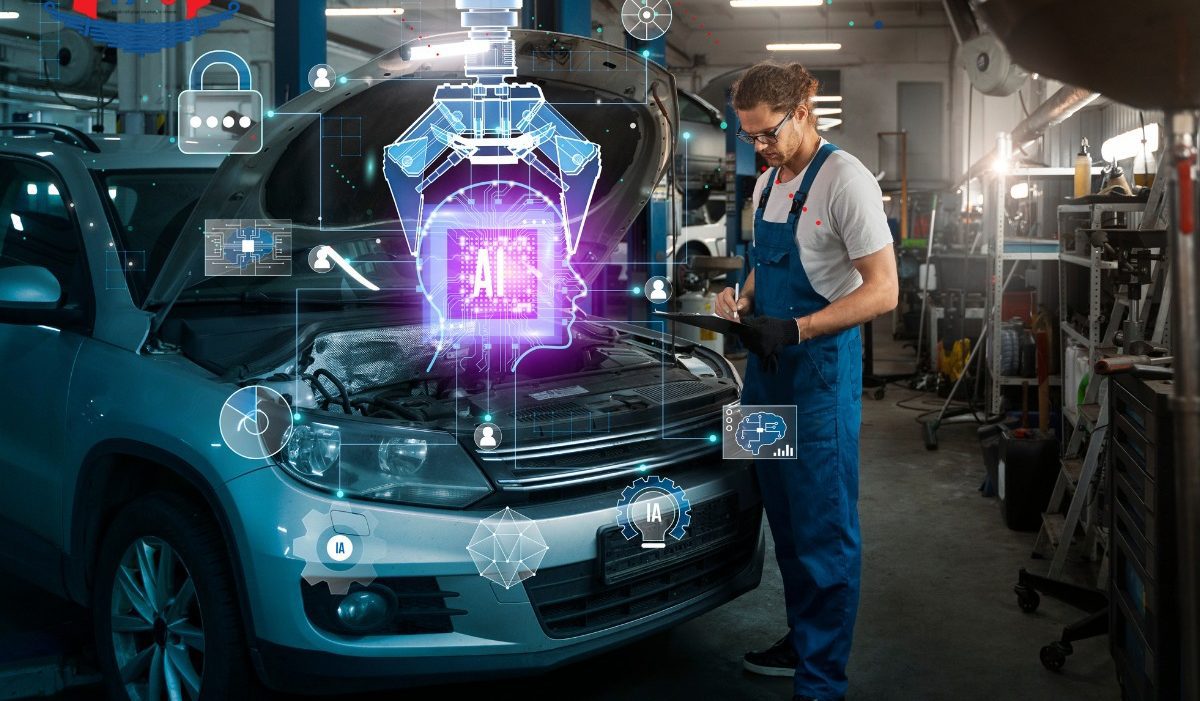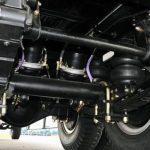The automotive aftermarket, around 69 billion in 2022, sees significant e-commerce influence. E-commerce, reshaping industries, enables convenient access to a wide range of products and new business models. This post will explore e-commerce’s crucial role in the automotive aftermarket, covering advantages, challenges, emerging trends, and success strategies in this dynamic market.


Introduction to E-commerce in the Automotive Aftermarket
Define E-commerce and Automotive Aftermarket
E-commerce is the process of buying and selling goods and services over the internet, using various devices, such as computers, smartphones, tablets, and smart speakers.
E-commerce can be classified into different types, depending on the nature of the transaction and the parties involved. Some of the common types of e-commerce are:
- Business-to-consumer (B2C): This is when a business sells products or services directly to individual consumers, such as Amazon, eBay, or Netflix.
- Business-to-business (B2B): This is when a business sells products or services to another business, such as Alibaba, Shopify, or Microsoft.
- Consumer-to-consumer (C2C): This is when an individual sells products or services to another individual, usually through a third-party platform, such as Craigslist, Facebook Marketplace, or Airbnb.
- Consumer-to-business (C2B): This is when an individual offers products or services to a business, usually through a third-party platform, such as Upwork, Fiverr, or Uber.
The automotive aftermarket is the sector of the automotive industry that deals with the sale and service of vehicles after they leave the original manufacturer. It includes parts, accessories, equipment, and services for cars, trucks, motorcycles, and other vehicles. The automotive aftermarket can be divided into two segments:
- Replacement parts: These are the parts that are used to replace or repair the original parts of a vehicle, such as brakes, tires, batteries, filters, etc.
- Accessories and performance parts: These are used to enhance or modify the appearance or performance of a vehicle, such as spoilers, rims, exhausts, etc.
The Growth of E-commerce in the Automotive Industry
According to a report by McKinsey & Company, the global automotive aftermarket is expected to reach $462 billion by 2030, with e-commerce accounting for a significant portion of this growth. Online auto parts and accessories sales are projected to grow at a compound annual growth rate (CAGR) of 10,4% between 2021 and 2030, outpacing traditional retail channels.
One of the main drivers of this growth is the increasing number of digital-savvy consumers who prefer the convenience and ease of online shopping. With the rise of mobile devices and internet connectivity, consumers can now access a wide range of products and services at their fingertips. This has led to a shift in consumer behavior, with more people turning to e-commerce platforms for their automotive needs.
Key Players in the e-commerce Automotive Aftermarket
In the competitive e-commerce automotive aftermarket, key players include:
- Amazon: The giant in e-commerce, Amazon, has expanded its presence by offering a diverse array of automotive products and services. Its 2019 launch of the AmazonBasics private label for auto parts solidified its market position.
- eBay Motors: With over 80 million active users, eBay Motors is a popular online marketplace for buying and selling auto parts, accessories, and vehicles. It features a broad selection of individual sellers and businesses.
- AutoZone: Among the largest US retailers of aftermarket automotive parts, AutoZone has made significant strides in e-commerce. With a 20% CAGR in online sales since 2015, the company continually invests in digital capabilities to meet evolving consumer needs.
- Alibaba: The Chinese e-commerce giant has a global presence in the automotive aftermarket through its subsidiary, AliExpress. Offering a wide range of products, Alibaba has also invested in automotive startups like Xpeng Motors and AutoX, reinforcing its industry standing.


Advantages and Challenges of E-commerce in the Automotive Aftermarket
Advantages for Consumers and Businesses
In the ever-evolving landscape of the automotive aftermarket, embracing e-commerce brings forth a myriad of benefits, from enhanced accessibility and personalized customer experiences to cost efficiencies and global market expansion,…
- Increased Accessibility: E-commerce facilitates easy access to a diverse range of products, empowering consumers to compare options and make informed decisions without the constraints of physical store visits. In the digital marketplace, convenience is at the forefront.
- Enhanced Customer Experience: Leveraging e-commerce, sellers provide personalized recommendations and support, utilizing compelling visuals and interactive tools like social media, chatbots, and email marketing. The online experience becomes a tailored journey for each customer.
- Reduced Costs: Operating in the digital realm, e-commerce streamlines costs by eliminating the need for physical inventory and automating key processes. These efficiencies have the potential to translate into cost savings for consumers, offering more value for their money.
- Expanded Market Reach: E-commerce’s borderless nature empowers sellers to connect with new customers globally without the need for physical expansions or complex partnerships. E-commerce platforms serve as effective tools for targeting specific customer segments based on demographics and interests.
- Increased Innovation: Within the automotive aftermarket, e-commerce serves as a dynamic testing ground for sellers to introduce and refine products swiftly. Customer feedback loops and heightened competition drive continual innovation, shaping a vibrant and responsive market.
Challenges of E-commerce for the Automotive Aftermarket
However, e-commerce also poses some challenges for the automotive aftermarket, such as:
- Regulatory Compliance: E-commerce demands adherence to dynamic regulations on taxes, customs, data privacy, and more. Sellers must stay informed and compliant across jurisdictions.
- Cybersecurity Risks: E-commerce exposes sellers and consumers to cybersecurity threats like data breaches and fraud. Implementing robust security measures is crucial to protect against financial losses and legal issues.
- Customer Trust: Building trust in e-commerce is essential, particularly when customers can’t physically inspect products. Sellers must address concerns about quality, authenticity, and safety to foster customer loyalty.


E-commerce trends in the Automotive Aftermarket
The automotive aftermarket is constantly evolving, and e-commerce is no exception. Here are some of the key trends shaping the future of e-commerce in this industry:
Personalization and Customization
With the rise of online customization tools and 3D printing, consumers now have the option to personalize their vehicles with unique parts and accessories. This trend is expected to continue, with more e-commerce platforms offering customization options to cater to the growing demand for personalized products.
Subscription Services
Subscription-based models are gaining popularity in the automotive aftermarket, particularly for consumable items such as oil and filters. By subscribing to these services, customers can receive regular deliveries of these products, eliminating the need for frequent trips to the store.
Social Media Influencers
Influencer marketing has become a powerful tool for promoting products and services, and the automotive aftermarket is no exception. Many e-commerce platforms are partnering with social media influencers to showcase their products and reach a wider audience.
Electric and Autonomous Vehicles
As electric and autonomous vehicles become more prevalent, e-commerce platforms will need to adapt to the changing landscape. This could mean offering specialized products and services for these types of vehicles, such as charging stations and software updates.


Some Strategies for Success in E-commerce Automotive Aftermarket
For e-commerce platforms to succeed in the automotive aftermarket, they need to adopt a multi-faceted approach that takes into account the unique challenges and opportunities of this industry. Some key strategies include:
- Providing accurate and detailed product information: As mentioned earlier, the complexity of auto parts and accessories requires online retailers to provide comprehensive product descriptions and specifications to help customers make informed choices.
- Offering competitive pricing and promotions: With the abundance of options available online, consumers are more likely to shop around for the best deals. e-commerce platforms must offer competitive pricing and promotions to attract and retain customers.
- Investing in advanced technology: As technology continues to advance, e-commerce platforms need to stay ahead of the curve by investing in tools such as virtual reality, augmented reality, and artificial intelligence to enhance the shopping experience for customers.
- Partnering with local service providers: To overcome the challenge of high shipping costs, e-commerce platforms can partner with local repair shops and service centers to offer installation services and reduce shipping times and costs.
In conclusion, e-commerce is reshaping the automotive aftermarket, providing convenience and cost-effectiveness. Despite the rise of online platforms, traditional retailers can stay competitive by embracing digital tools and leveraging established relationships. The future likely involves a blend of online and offline channels, ensuring a seamless and personalized shopping experience. E-commerce is a lasting force, set to play an even greater role in the automotive industry.






